For February’s Spa of the Month, beauty editor Becki Murray explores the ancient wellness practice of sulphur bathing at Terme Di Saturnia, in the Tuscan countryside.
I’m floating in the middle of a large natural pool completely at ease under a star-filled sky. There’s a restful silence, punctured only by the sulphurous (okay, eggy) aroma rising to my nostrils as a statement of the extra special nature of the mineral-rich waters that surround me.
It has taken 40 long years for the water I am currently in to find its path down from the summit of Mount Amiata, emerging right here as hot springs within Terme’s iconic bathing pools. For centuries these hot springs have been celebrated for their healing properties, and by taking a dip I am following in the footsteps of Roman soldiers who used the waters after battles to soothe their wounds.
Now, I am one of a whole host of wellness seekers looking to escape their daily stresses and improve their skin with a trip to Terme Di Saturnia’s thermal water complex.
THE LOWDOWN
Sulphur bathing has a long history as a therapeutic wellness practice and nowhere is that heritage more apparent than at Terme di Saturnia. After generations of people flocking to the area, a hotel and spa first opened on the site in 1865, and today the five-star resort is a sprawling complex of thermal pools. The main private bathing areas for hotel guests extend out into a public thermal park that patrons have full access to as well. Beyond the pools, Terme di Saturnia is home to an 18-hole golf course with truly spectacular views of the Tuscan countryside, as well as a natural remedy spa for authentic treatments, and a wellness programme that includes yoga, breathwork, and even spiritual healing with resident experts on-site.
As for why a stay at Terme comes so highly recommended: from the large and calm lazy pools to bubbling hot tubs and shallow waters to walk through, the waters at the resort are incredibly rich in sulphur, and known for their wide-ranging health benefits. These include detoxifying the body by eliminating heavy metals and improving circulation; respiratory benefits if you struggle with sinus congestion through inhaling the steam; and sulphur’s anti-inflammatory effect, leading to the water’s touted ability to provide muscle and joint pain relief too.
I was particularly interested in its potential to alleviate symptoms of various irritation-based skin conditions, such as eczema, psoriasis, acne, and rosacea. I was hoping a stay would bring calm to my inflamed complexion, through bathing in the pools, a trip to the spa for a therapeutic massage, and authentic fresh Tuscan cuisine. And that’s exactly what it achieved.
THE WATERS AND SPA
Everything at Terme di Saturnia is centred around those large inviting thermal pools. Guests are recommended to change into their fluffy white robes and slippers as soon as they check in, dropping their bags in their rooms for just a moment before heading straight to sample the waters. There you can grab a float (or two) and gently bop to your heart’s content – although 20 minutes is the recommended session. The waters are beautifully warm (but not uncomfortably so), with gentle steam coming off them, and are available at various depths so even those less confident with swimming can sample the benefits.
The main hotel bathing pool is also home to a particularly mineral-rich type of algae that the local patrons love to apply as a facial mask. It’s designed to unclog your pores and soothe irritation. At their recommendation, I applied it to a patch of irritated skin on my shoulder like a soothing (if slightly messy) ice pack. I woke up the next morning after a night relaxing underneath the stars – the pool is open late on certain days of the week – and I’ll be passing on the advice; the results truly spoke for themselves.
One thing to note is that the smell of sulphur is immediately apparent, with a whiff of eggs staying with you throughout the resort. With time though, your nose does adapt, and it’s best to think of it as the price you pay for its skin and health-boosting benefits. When not in the waters, you can relax on the loungers that surround the pools, or cosy up in the multiple relaxation rooms (my recommendation if you want to minimise the aforementioned smell).
The most peaceful of all is near the sauna complex – characterised by its wall of straw and low, calming lighting. Here, with a pot of herbal tea and a good book, you really do escape the world, before emerging to sample the thermal waters once more. Another place to retreat to is the hotel spa, where your body is prepped for thermal bathing with an oil-based massage that squeezes out tension from head-to-toe. You can also benefit from the ‘muds of Terme’ – the mineral-rich substances found naturally on the thermal spring river bed. For facial rejuvenation in particular, there’s the ‘purifying active mud’ treatment, which cleanses your skin of impurities, so you emerge with a glowing, soothed complexion.
And finally, here’s a secret to complete your experience: just a 15-minute walk from the hotel are some rural thermal springs. Just ask the concierge for directions. These are open to the public but are incredibly quiet and really quite magical with their waterfall design. If you head towards the top of the short hill, there are even more secluded turquoise pools that appear as something out of a mythical fairytale. This is wild swimming with all the additional wellbeing benefits – and there’s really not much else like it.
THE ROOMS
Let’s get straight to answering a key question: no, you can’t smell the sulphur when you are in your room, which makes it an effective cocoon when you are finished bathing in the waters. You don’t shut the door completely on your surroundings though, whichever of the 124 rooms and suites you end up staying in. Inspired by the elegance of Tuscany’s historic beauty, elements of the landscape outside the window are consistently intertwined throughout the decor – especially the shades of blue that mirror the thermal springs, and the ochre of the surrounding countryside. Choose a room that overlooks the hot spring for a memorable view, and to make the most of the Tuscan sunshine that sparkles through the windows in the morning.
THE DINING
The dining at Terme di Saturnia is a delicate balance between fine dining and more relaxed affairs. For the former, book in at 1919 Restaurant – the oldest pied dans l’eau restaurant in the area. The eatery has overlooked the spring since 1919, and you can expect to slightly roll back to your room having tasted authentic local fare. Highlights include the Tuscan ribollita soup filled with beans, vegetables and bread, and the freshly-stuffed ravioli, washed down with some exceptional red and white wines from nearby vineyards (it’s Tuscany after all). For lighter bites, it’s all about maximising the views. Whether that’s at the Library Bar for a light lunch of sandwiches and salads overlooking the thermal pools, or at Trattoria La Stellata after a spell on the golf course. Best reached by golf buggy, its elevated views up on the hills mean you can look out across the horizon as you sample more local dishes, including loaded bruschetta, game meats, and fresh fish.
WHAT TO DO
A short drive from the resort is the beautiful medieval town of Pitigliano, where a settlement has existed since before 1061; walking the quiet, winding streets feels like stepping back in time. There’s a relaxing feel in the air too (extending out almost from Terme itself). The hours seem to pass perfectly slowly here. You can enjoy popping into the authentic pasta, wine, and jewellery trinket stores that emerge out of the houses, and spend a few moments identifying the remaining features of the Medici Aqueduct, which is especially beautiful to glimpse as the sun goes down beneath the hills. Pitigliano has long been a place of harmony between religions too. In fact, it was a refuge for a small Jewish population during the Second World War, so a trip to the town’s synagogue in the old Jewish ghetto is a poignant experience, especially for history and culture aficionados.
We may earn a commission if you buy something from any affiliate links on our site.






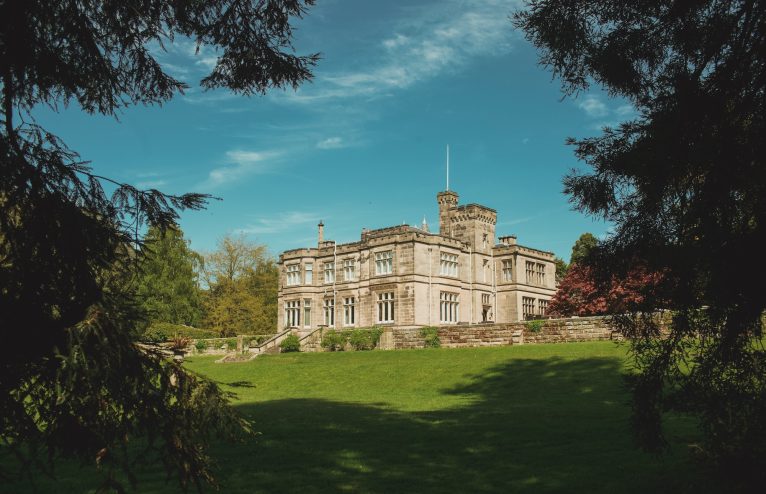









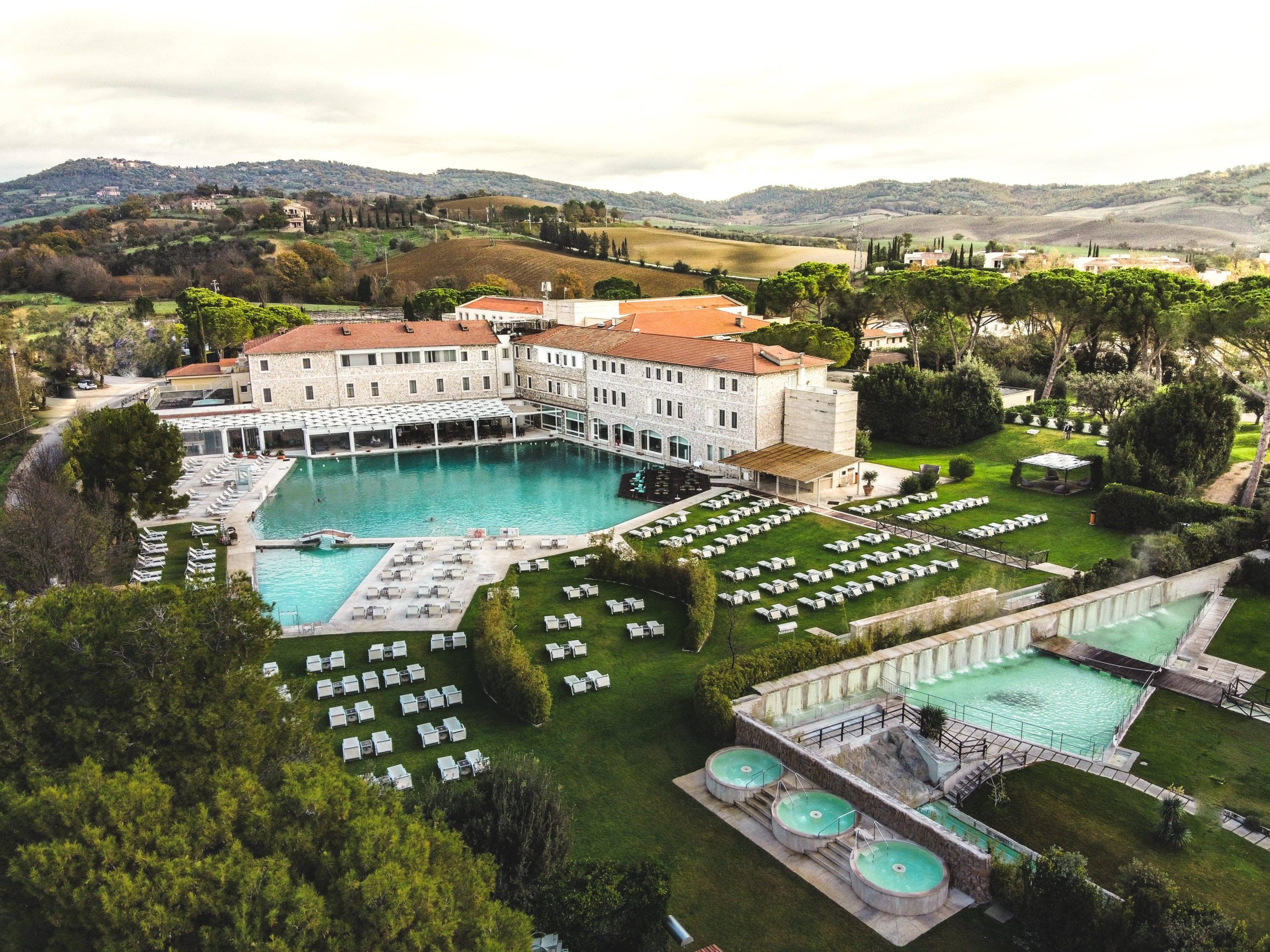
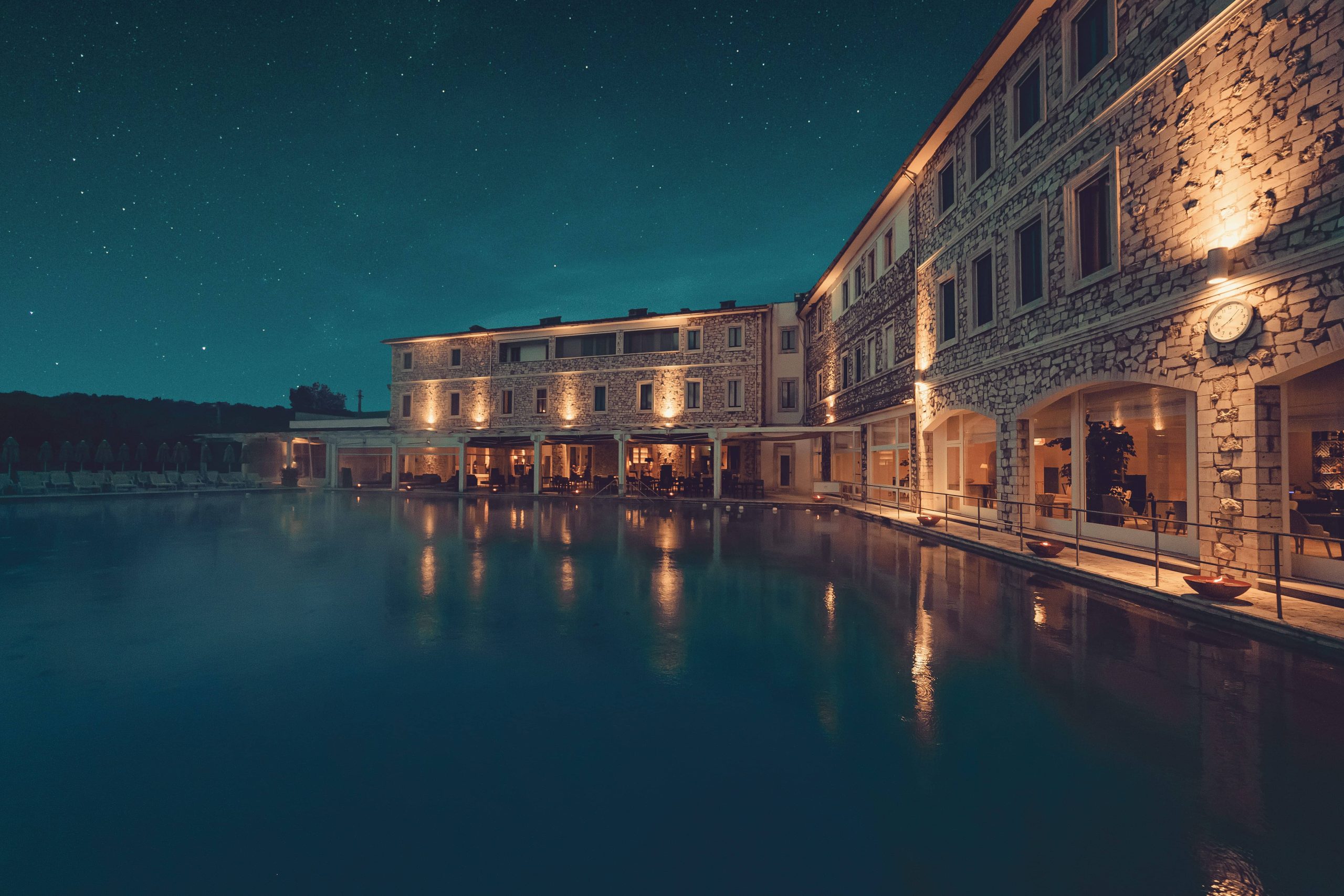

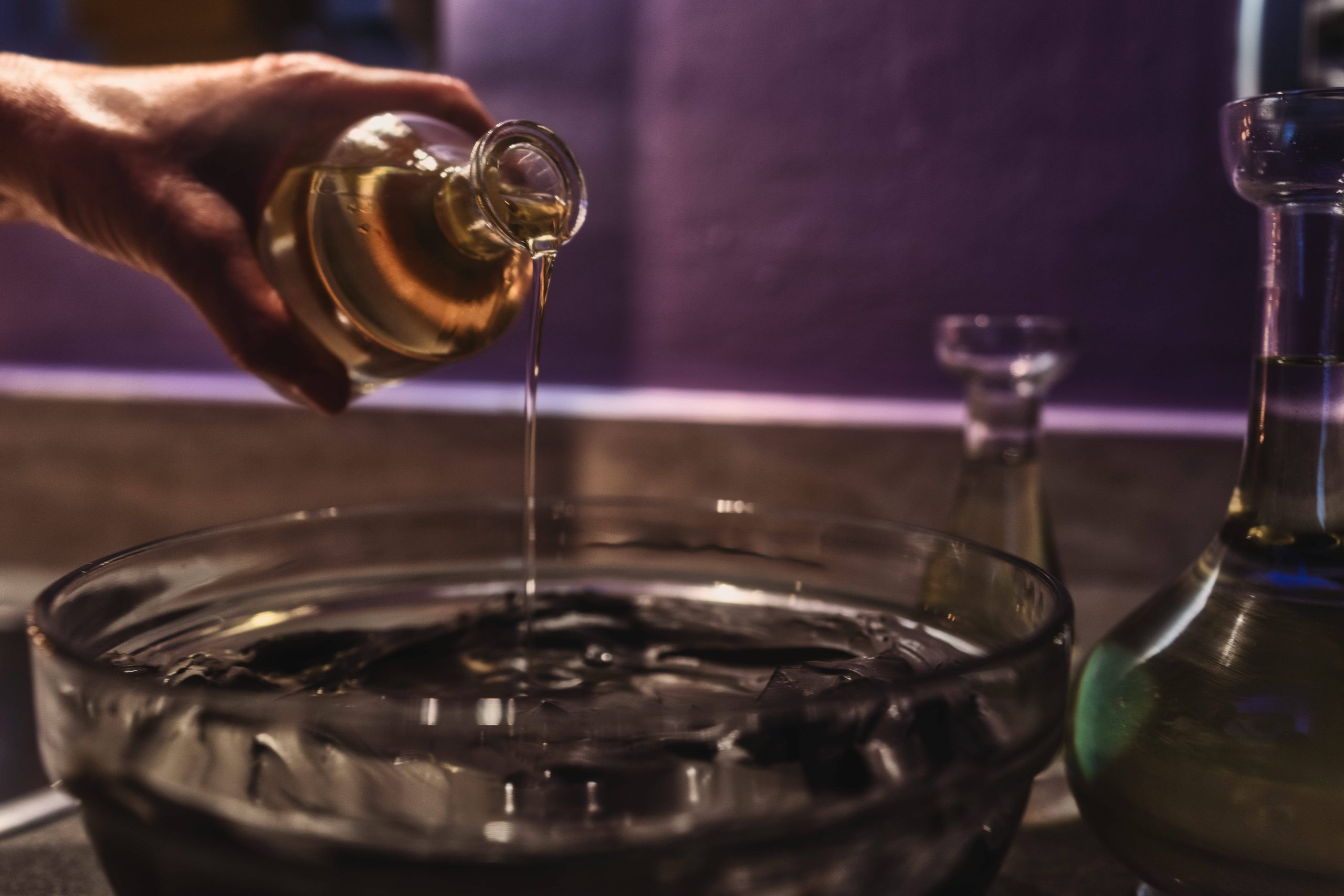

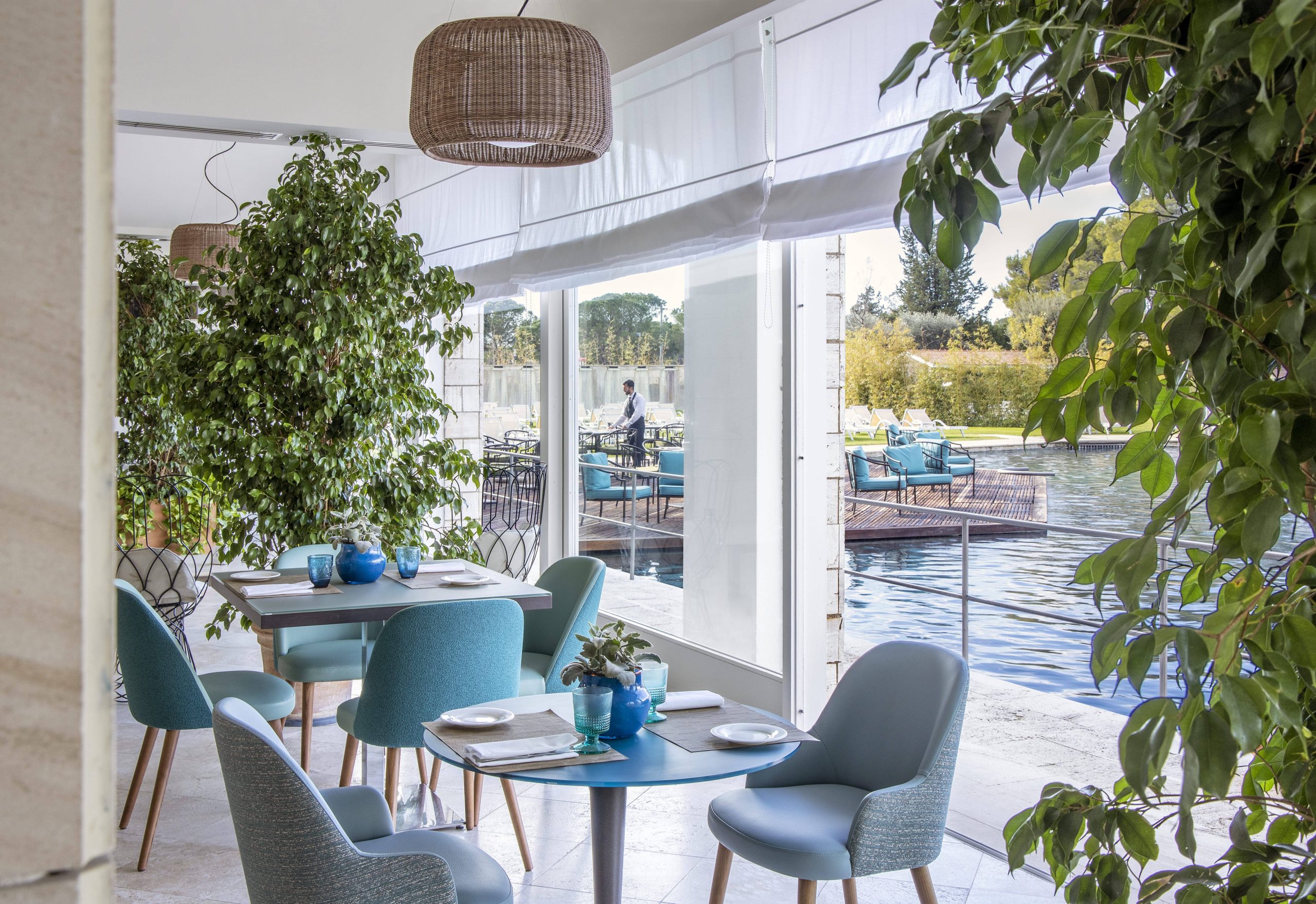
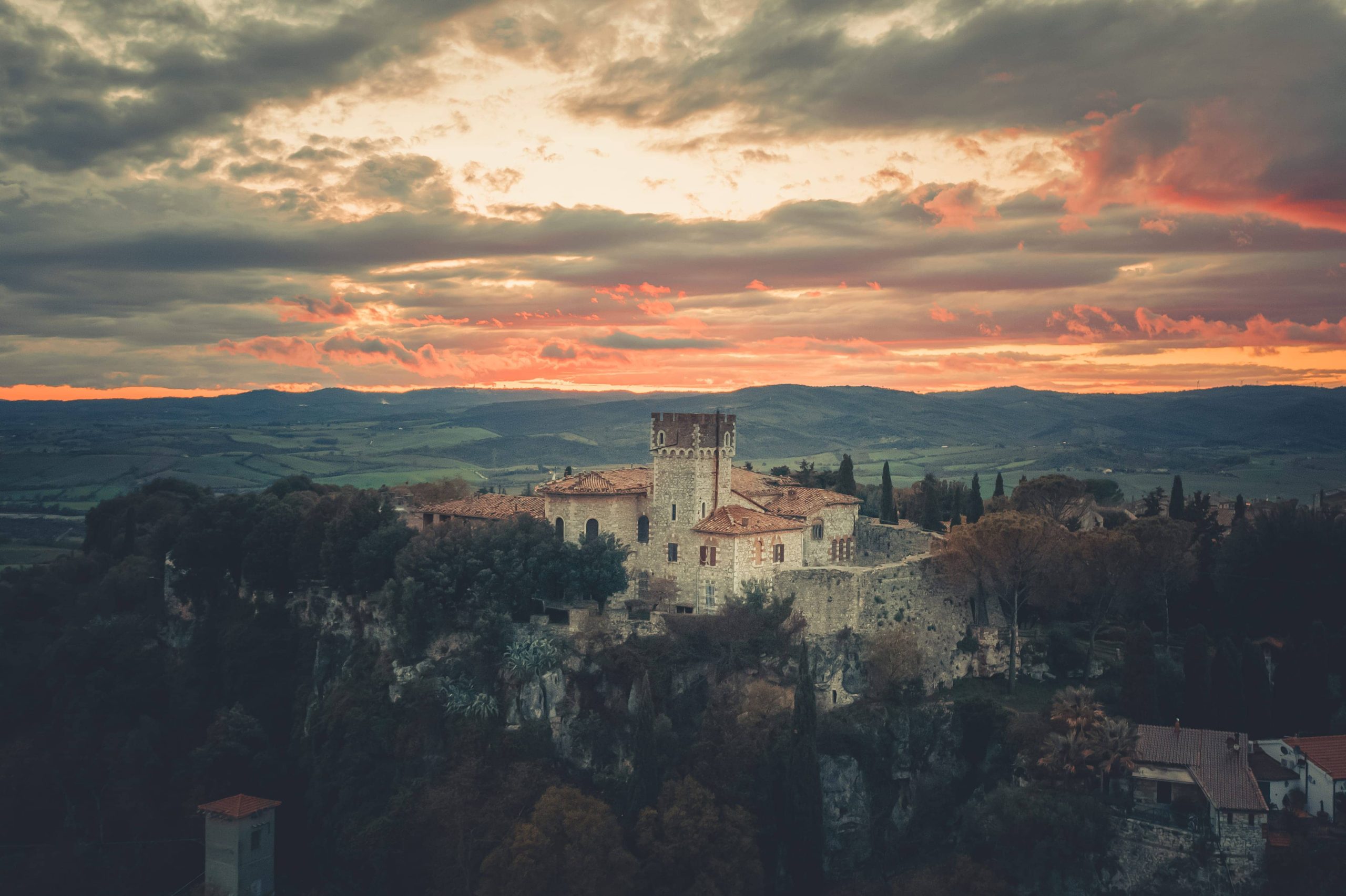




Any Questions or Tips to add?